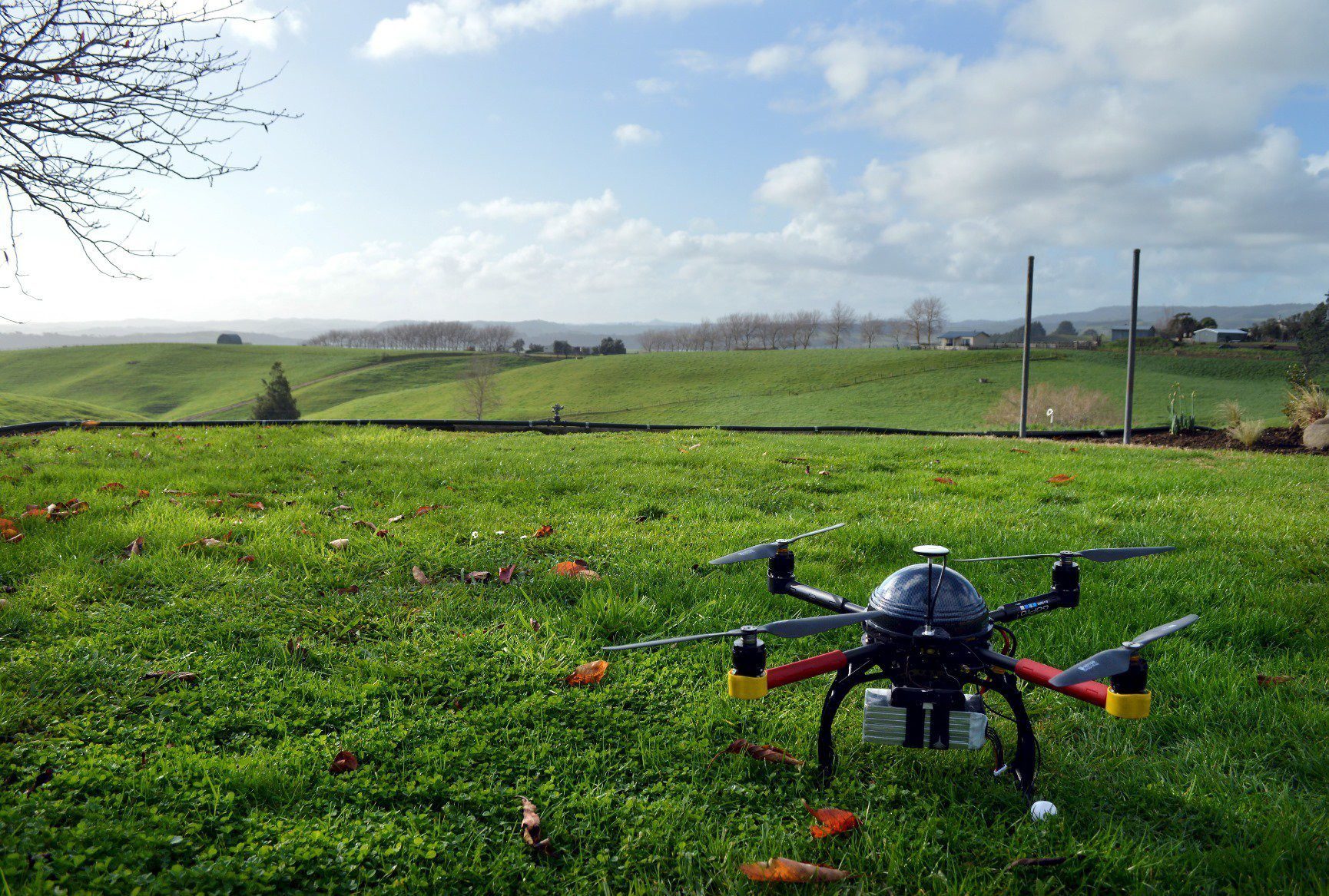The Industrial Revolution (18th to early 19th century) and the Digital Revolution (late 20th century onwards) have transformed human society and work, but in different ways. The Industrial Revolution saw hand production shift to machines, new tools and efficiency gains, and the rise of factories and industrial economies. Negative consequences included pollution, labour exploitation, increased inequality and the promotion of nationalism. By contrast, the Digital Revolution has modernised how people communicate and conduct business through digital technology, new industries and employment opportunities but also with privacy issues, cybersecurity risks and a shift to automation that has displaced many jobs. The article compares both periods and concludes both led to social and political shifts, disrupt traditional ways of life and present new challenges and opportunities.
The Industrial Revolution vs. the Digital Revolution: Comparing Two of the Most Transformative Periods in Human History
Introduction
The Industrial Revolution and the Digital Revolution are two periods of great transformation in human history. Both have changed the way people live and work, but in different ways. This article compares and contrasts these two eras to help readers understand how similar and different these two periods were.
The Industrial Revolution
The Industrial Revolution was a period of major economic and social change that took place from the late 18th to the early 19th century. It started in Britain and quickly spread throughout Europe and the United States.
The Industrial Revolution was characterized by a shift from hand production to machine production, from agrarian to industrial economies, and from rural to urban areas. It led to the creation of factories, new machines, and new tools that increased the efficiency of production. The steam engine, invented by James Watt around 1775, was a major invention of the Industrial Revolution that revolutionized transportation and industry.
At the same time, the Industrial Revolution also led to many negative consequences, including environmental pollution, exploitation of labor, and child labor. It increased the divide between the rich and the poor, and led to significant social and political changes like the rise of nationalism and the growth of urbanization.
The Digital Revolution
The Digital Revolution, on the other hand, is a more recent phenomenon that began in the late 20th century. It is characterized by the widespread adoption of digital technology, which has transformed how people conduct business, communicate, and consume media.
The Digital Revolution has brought about a range of new technologies, including personal computers, the internet, smartphones, and social media platforms. These technologies have profoundly impacted how people work, communicate, and even form relationships. They have created new industries and altered existing ones, with the rise of e-commerce, online marketing, and digital media being some of the most notable changes.
The Digital Revolution has also brought about new challenges for society, including privacy concerns, cybersecurity threats, and the potential for job loss due to automation. It has had a significant impact on the way people live their lives and has brought about rapid changes in various sectors.
Comparing the Two Revolutions
While both the Industrial Revolution and the Digital Revolution were periods of transformation, they differ in various ways.
One significant difference is their time frames. The Industrial Revolution occurred during the late 18th to early 19th century, while the Digital Revolution is still ongoing. While the Industrial Revolution introduced the concept of mass production and transformed the economy from agrarian to industrial, the Digital Revolution has brought about the concept of mass communication and transformed the economy from industrial to digital.
Another important difference is the way in which these two periods impacted the workforce. The Industrial Revolution led to a decline in manual labor as machines and factories took over, and led to an increase in employment opportunities in factories. The Digital Revolution, on the other hand, represents a shift towards automation, with many jobs being replaced by machines and algorithms. This has resulted in significant job displacement in several industries.
Moreover, the Industrial Revolution was led by a select group of entrepreneurs, while the Digital Revolution has been more democratic in nature, with many individuals creating their own startups and technologies. This has led to a more diverse and decentralized digital economy compared to the more centralized industrial economy of the past.
Finally, the social and political impact of these two periods of transformation also differ. The Industrial Revolution disrupted traditional ways of life and led to significant social and political changes like the rise of nationalism and the growth of urbanization. The Digital Revolution, on the other hand, has created a more connected and accessible world, with the ability to connect with people from around the world instantly. It has also led to the democratization of information, with people able to access education and knowledge more easily.
Conclusion
In conclusion, the Industrial Revolution and the Digital Revolution have been two of the most transformative periods in human history, each with its own unique impact on society, economy, and political structures. The Industrial Revolution introduced mass production and led to the rise of the industrial economy, while the Digital Revolution has introduced mass communication and transformed the economy from industrial to digital. Despite their differences, both have disrupted traditional ways of life, raised new social and political challenges, and created new opportunities for innovation and growth.
